
16 Apr How Beauty Brands Can Win in Asia’s Booming Sleep Economy?
Cover picture @Robert Nilsson
As fast-paced lifestyles, digital overload, and cultural pressures converge, consumers across Asia are losing precious hours of rest. In response, the wellness and sleep economy are surging, and beauty brands are perfectly positioned to lead the charge.
The Wake-Up Call: Why Sleep Matters More Than Ever
Sleep is the original beauty hack. It’s when the body regenerates, inflammation subsides, and skin repairs itself. In Asian cultures especially, the link between rest and radiance is deeply ingrained. But today, good sleep is harder to come by.
Whether it’s China’s 996 work culture, South Korea’s exam-driven grind, or Japan’s ‘sleep debt’ phenomenon, stress and sleep deprivation are becoming the norm. Consumers aren’t just tired; they’re actively seeking solutions. And increasingly, they’re turning to beauty and wellness products to fill the gap.
Sleep Meets Beauty: A Growing Market Opportunity
The numbers speak for themselves. In markets like Korea and China, sleep-related keywords are trending on lifestyle platforms. (#beforesleepritual 110k posts on Xiaohongshu/ RED) There’s an explosion of interest in aromatherapy, ergonomic pillows, bath rituals, special diets and functional beverages, all aimed at winding down and waking up refreshed. Beauty brands are now tapping into this demand.
1_ Leading the Dream: Local Beauty Brands Making Moves
Across the region, brands are blending tradition, technology, and storytelling to create sleep-focused innovations:
- HerBeast (China) crafted a luxury pop-up in collaboration with boutique hotels, offering Lingzhi-infused sleep solutions like bath sachets and serum oils.
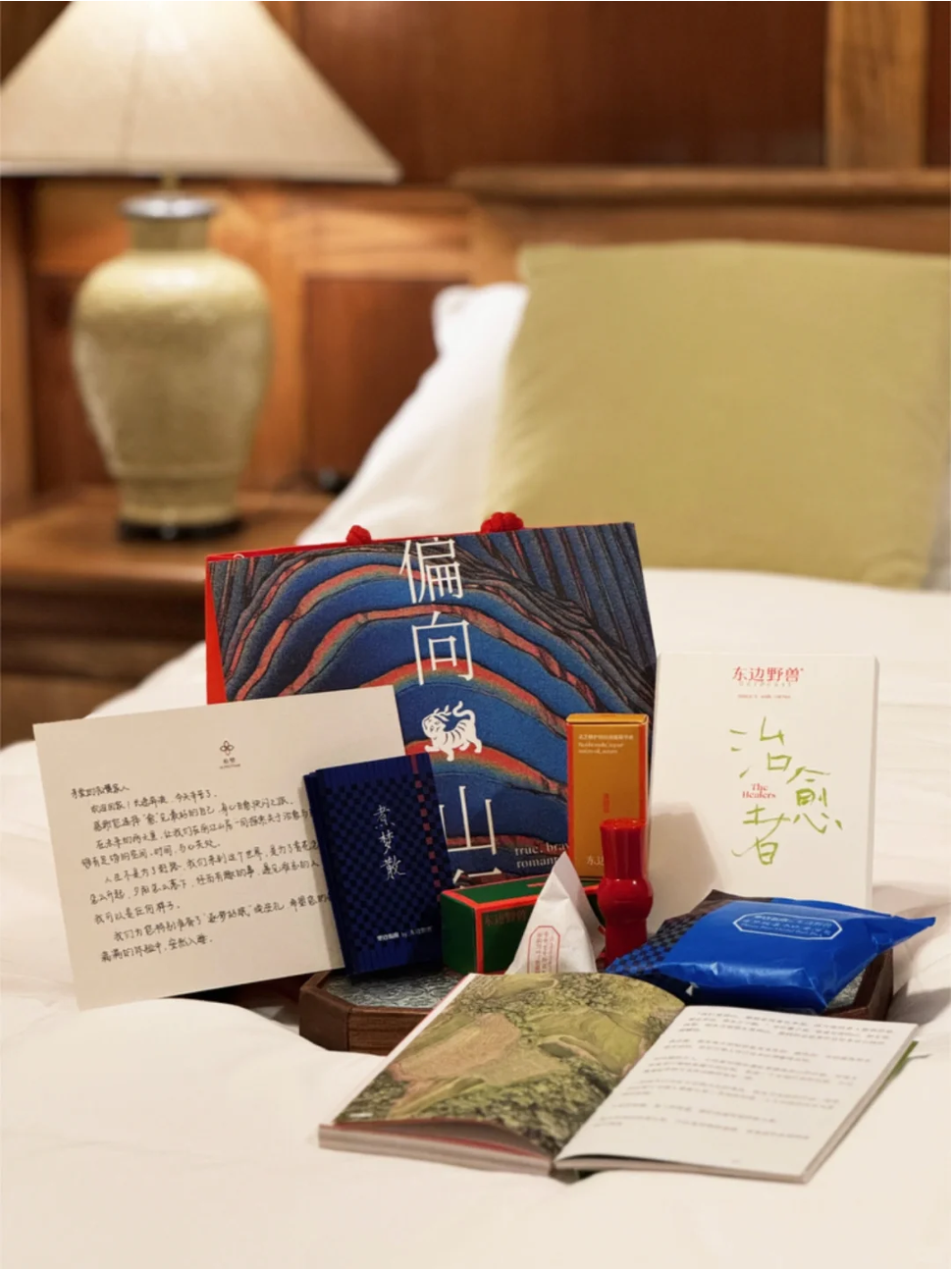
Photo @HearBeast x Songtsam
- Zhu Ben (China) , known for its aromatic oils, is branching into sleep sprays and scented steam eye masks, with a heavy emphasis on emotional storytelling.
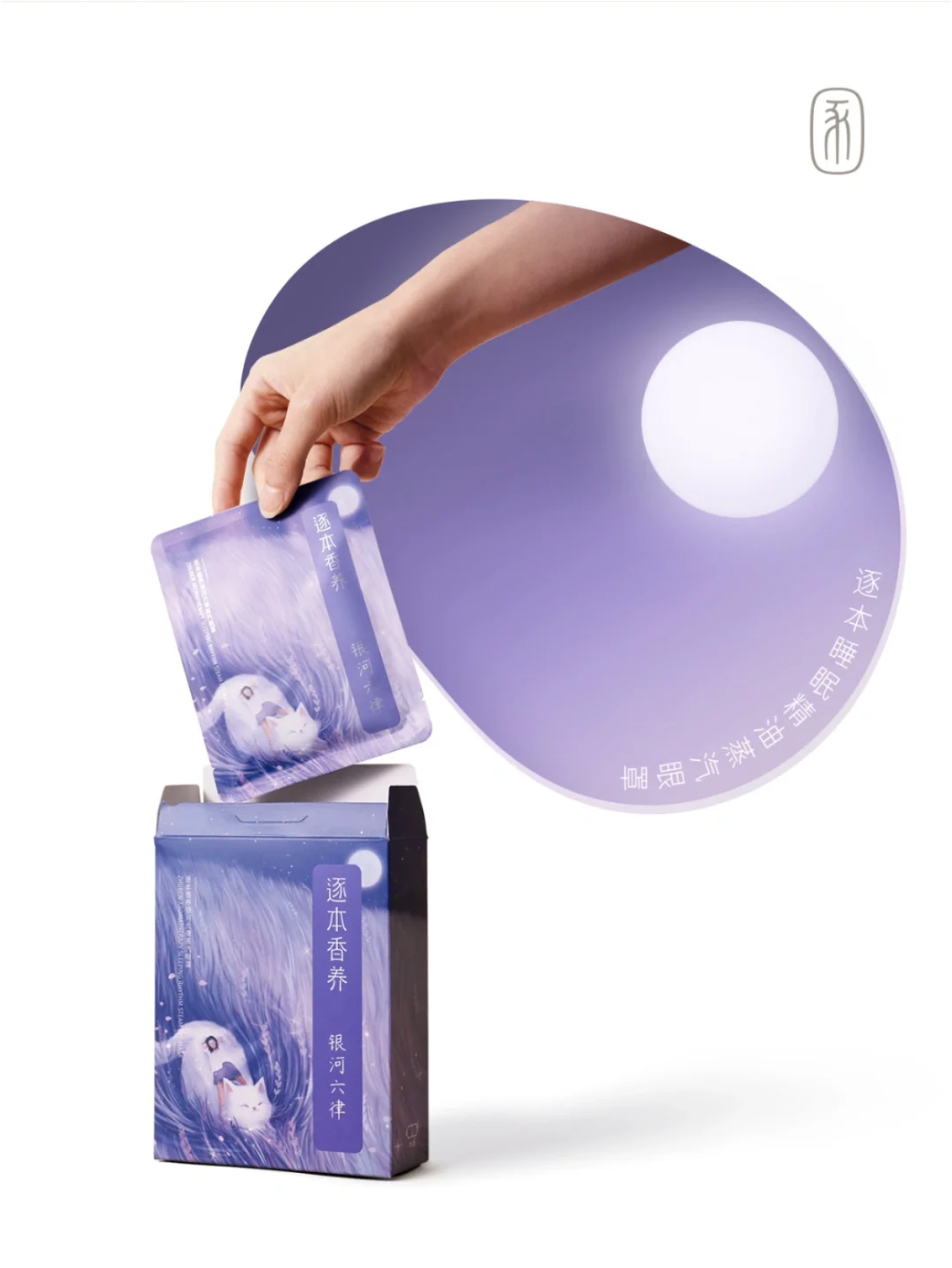
Photo : @Zhuben, eye night mask
- DOCUMENTS (China)uses neuroscience-backed fragrance tech to create pillow sprays inspired by poetic expressions like 侍寝香 (fragrance for attending to someone at bedtime).
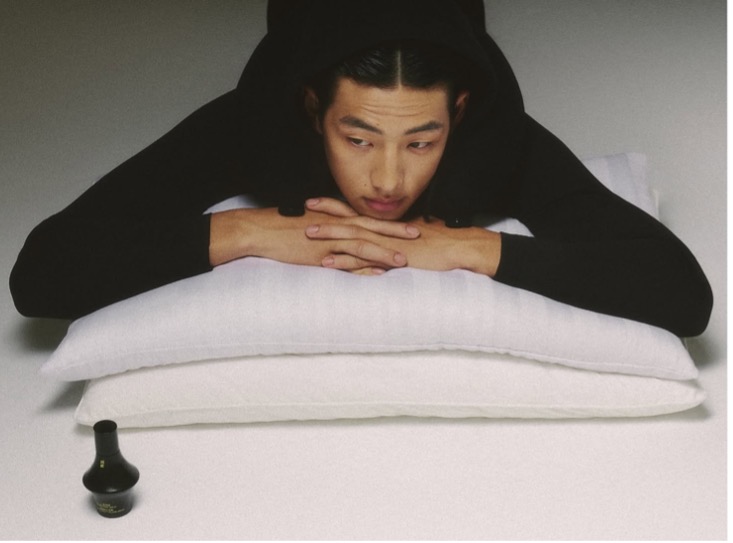
Photo @Documents, Dreamscentz™ Pillow Spray – Sleeping Wild
The result? A multisensory experience that transforms nightly routines into rituals of care.
2_ Sleep-Centric Skincare and nighttime routines
Beauty is no longer skin-deep—it’s sleep-deep. Brands are now designing products to fit seamlessly into nighttime routines:
- Yolu (Japan) creates pre-bed haircare lines like Calm Relax and Deep Night Repair, turning a daily chore into a moment of calm.
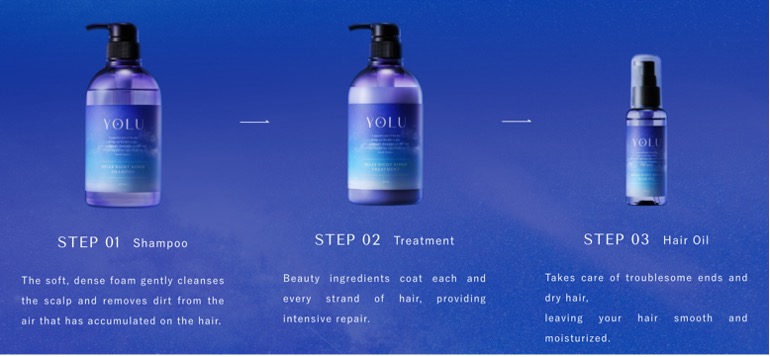
Photo : @Yolu : 3 steps hair & self-care pre-bedtime routine
- “Good Night See You in the Morning” (Japan) offers organic hemp bath salts and beauty oils aimed at easing tension and promoting relaxation.
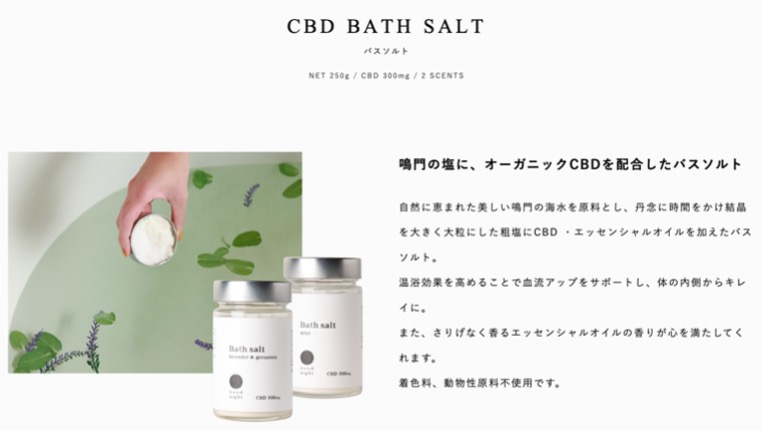
Photo : @ Good Night See You In The Morning , bath salt
- Newmine by Nishikawa (Japan) infuses bedding and pillowcases with Vitamin E, combining luxury with skin-enhancing benefits.
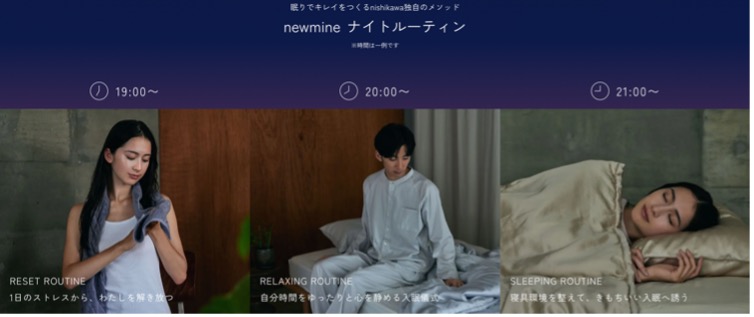
Photo : @ Newmine by Nishikawa, evening routine
Even hotel chains are getting involved. Atour Planet, a lifestyle sub-brand of a Chinese hospitality group, promotes “deep sleep” with ergonomic pillows and cooling blankets, blurring the lines between retail and wellness tourism.
3_ A Culture of Rituals and Remedies
Consumers across Asia are embracing rituals rooted in tradition: foot baths, white noise diffusers, and herbal teas before bed. They’re also seeking natural sleep aids—from GABA-rich tomato drinks and lavender sprays to TCM-inspired serums and self-heating eye masks.
This cultural backdrop creates the perfect landscape for beauty brands to:
- Incorporate functional natural ingredients like melatonin, L-theanine, and curcumin
- Celebrate local wisdom through TCM or K-beauty narratives
- Create compact, convenience-driven formats that suit on-the-go lifestyles
Products that don’t just treat the skin but support the whole self.
What Beauty Brands Need to Do Now
To thrive in this evolving space, beauty brands should:
- Product with meaning – Create products meant to be part of nightly rituals and build relzxing experiences.
- Highlight multifunctionality – Combine beauty with wellness: calming, repairing, sensory, and skin-deep.
- Localize with care – Co-create with local players (to be careful not to do culture appropriation but culture appreciation) to use ingredients that speak to local traditions like TCM or societal narratives that resonate with regional values.
- Leverage your own roots – International brands can stand out by bringing their own local ingredients, rituals, and wellness philosophies—like French lavender, Ayurvedic oils, or Mediterranean diet-inspired supplements—offering a fresh perspective while still complementing Asian values.
- Partner smartly – Collaborate with wellness hotels, health tech startups, or digital creators to amplify reach.
- Support emotional well-being – Position products as tools for self-love, not just appearance.
Final Thoughts: The Future is Restful
In a world that rarely slows down, sleep has become the ultimate self-care and wellness all rolled into one. For beauty brands, the message is clear: rest is the new luxury, and consumers are willing to invest in it. By aligning with Asia’s sleep revolution, beauty brands won’t just help consumers look better, they’ll help them feel better, too.
Cover picture @Robert Nilsson
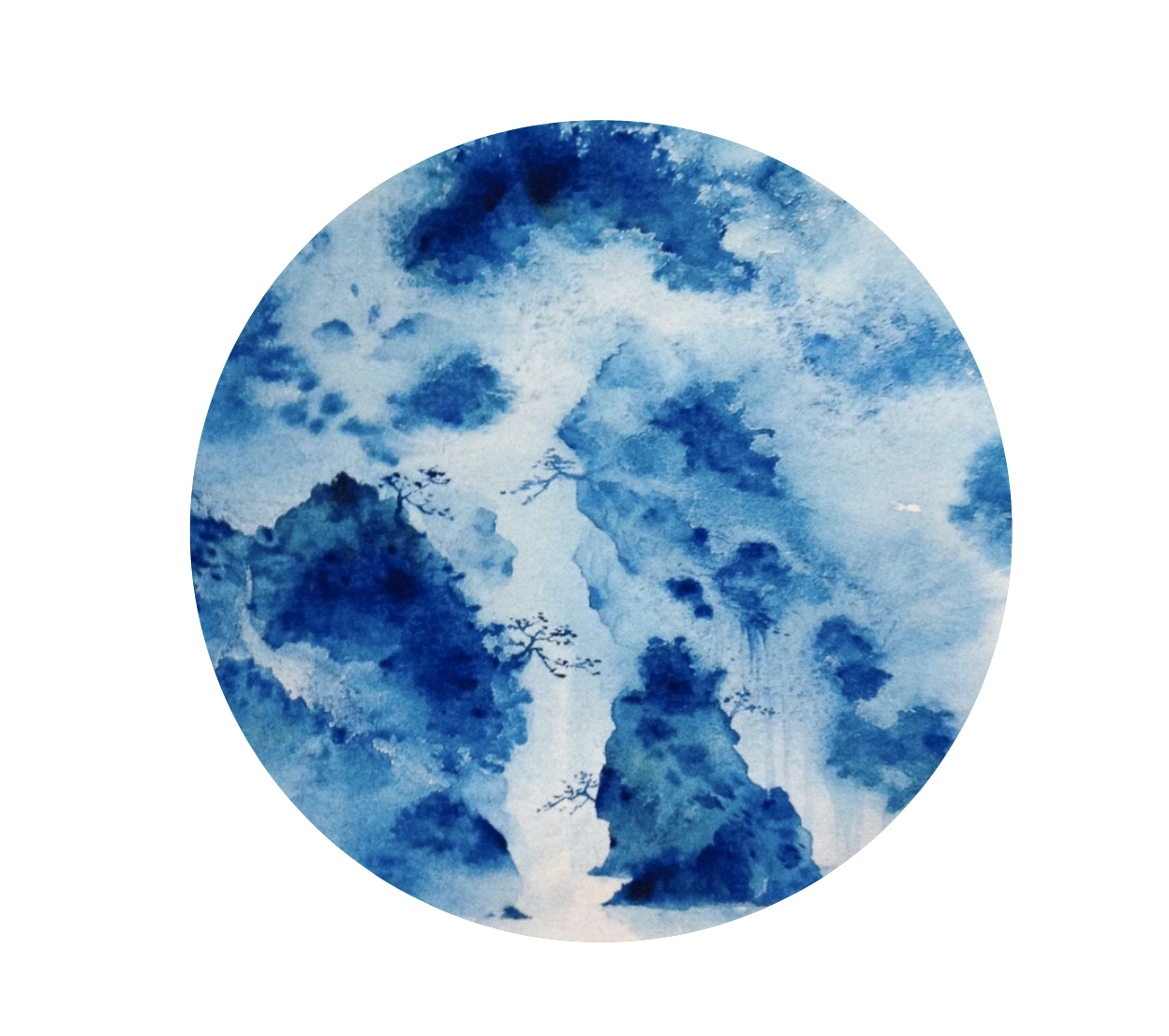



No Comments